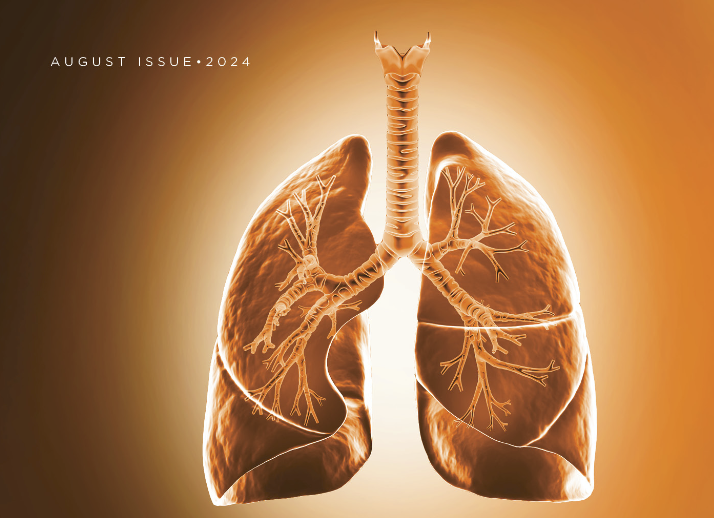News
GA WELLNESS GUIDE: WORLD LUNG CANCER DAY

World lung cancer day is observed annually on August 1st. The aim is to raise global awareness about lung cancer
promote education on lung cancer risks, prevention, and early detection, support those affected by lung
cancer advocate for increased research funding, and improved treatments.
What is it?
Lung cancer Is the uncontrolled growth or abnormal cells in one or both lungs. A lung is a spongy cone-shaped
organ responsible for providing oxygen to the body.
World Statistics
• It Is the second most common cancer worldwide
• In 2020 we had an estimated 1.8 million deaths
• There were 22 million new cases in 200
• It is the leading cause of cancer deaths globally.
• It is more common in men than women (2:1)
Risk Factors
• Smoking – the leading cause for about 80-90%
or lung cancer cases
• Family history – genetics
• Age – risk increases with age (above 65 years
• Passive smoking (exposure)
• Radiation therapy to the chest
• Radon gas exposure (found in some buildings,
• History of lung disease – copd, pulmonary fibrosis
• Occupational exposures (asbestos, arsenic
chromium, tar, soot)
• Diet – low in fruits and vegetables
• HIV infection
• Air pollution – exhaust and industrial
Signs & Symptoms
- Persistent cough (gets worse with time)
- Coughing up blood
- Difficulty breathing
- Chest pain (that worsens with deep breathing)
- Hoarseness of voice
- Wheezing
- Unexplained weight loss
- Fatigue
- Recurrent respiratory infections (bronchitis, pneumonia)
- Swelling in the neck or face (tumor pressing blood vessels)
- Bone pain
- Headaches
- Loss of appetite
- Difficulty swallowing
Management
- Diagnosis by chest x-ray, CT scan, pet scan, or MRI
- Bronchoscopy
(tissue sampling by needle biopsy) - Sputum cytology
(coughed up mucus for cell) - Complete blood count, CEA
- Treatment by surgery
(lobectomy, pneumonectomy or wedge resection) - Radiotherapy
(external beam radiation) - Chemotherapy
(drug combinations that kill cancer cells) - Immunotherapy
(treatments that boost immunity) - Palliative care
(focus on improving quality of life)
Prevention
- Don’t smoke
- Avoid passive smoking
- Radon test your home
- Occupational safety
- Reduce air pollution exposure
- Maintain a healthy diet (limit processed foods, red meat)
- Exercise regularly
- Limit alcohol consumption
- Get vaccinated – HPV
- Regular checkups
- Avoid unnecessary medical radiation
- Stress management


